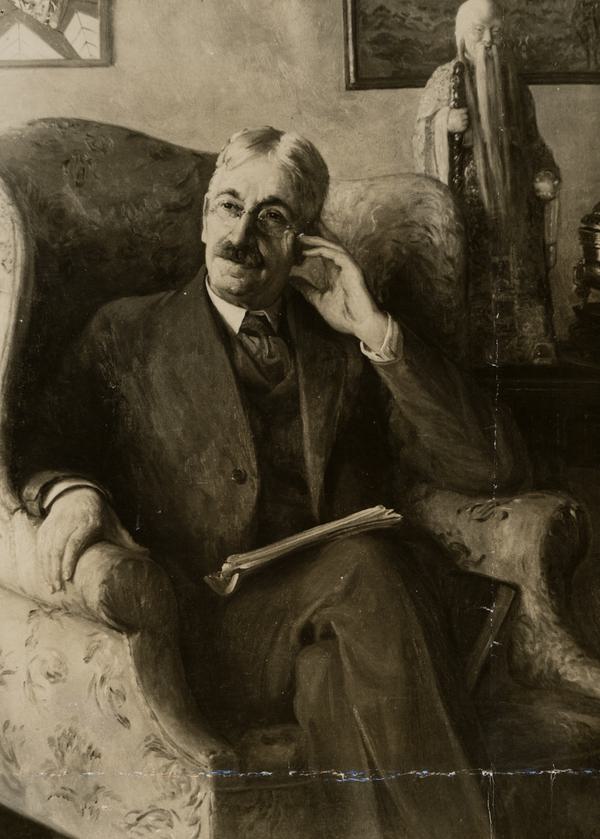
Education
A discredited reading-instruction method is (still) failing our kids
Byron Schlomach, Ph.D. | June 25, 2025
So it turns out that education professors at Oklahoma State University were promoting a program, Reading Recovery, that employs the “three-cueing” method of learning to recognize words in print. Instead of teaching how letters represent sounds, it recommends using context around the word, including any photos on the page, to guess at the whole word.
Three-cueing and the Reading Recovery program are just the latest iterations of a failed reading instruction method that has been repeatedly marketed and repackaged, having been called “whole-word,” “look-say,” “see-say,” “sight,” “psycholinguistic,” “word,” and “whole-language” over the years. All of these reading instruction methods have encouraged memorizing entire words while ignoring the individual sounds letters represent.
To get a sense of how utterly stupid this so-called reading instruction method is, consider the story of a child being drilled with flashcards using the whole-word reading instruction method. After correctly identifying every word by flashcard, the child is stumped by “bird” in a selection that uses all the words on the cards. Repeatedly, the child gets “bird” correct on the flashcards, but is stumped when reading text. Finally, the teacher discovers that the child is cueing on an errant spot in the corner of the flashcard to identify the word “bird.”
While it is undeniable that English includes many “sight words” like “enough” and “the,” even sight words have phonemic attributes where individual sounds can be linked to letters. Research from various disciplines, including research that employed active brain scans, has shown that good readers effectively sound out nearly every word; they just do so very quickly, so quickly that even good readers fool themselves into thinking they read whole words at a time.
Why do so many education professors and teachers insist on using a discredited method of reading instruction? It’s a matter of pure ideology, handed down from one professor to the next.
Nevertheless, our written language is not Chinese. It has been known that creating a separate picture for every word is inefficient, given that it requires so much memorization. That’s why we have an alphabet, even if our Latin alphabet may be less efficient than runes for the English language.
Reading instruction methods have been an issue far longer than the last few years. As early as 1929, when whole-word instruction was in its infancy, a doctor warned of reading pathologies caused by the method. Between common sense and, now, high-level scientific research that dates back at least to the 1990s, no one should use whole-word reading instruction methods. So why do they?
In 1999, when I worked as a legislative aide in Texas, a retired Air Force colonel, Paul Koeltzow, showed up advocating a mandate that science-based reading instruction occur statewide. He told me of how, when he found out his grandson couldn’t read, he recognized his own reading struggles. The colonel researched the issue and taught his grandson to read using phonics. Colonel Koeltzow realized that he, like his grandson, had been instructed to read using the whole-word method, and he wondered why such an obviously flawed methodology was widely used in public schools.
Colonel Koeltzow spent several Texas legislative sessions in his RV while lobbying for his bill, eventually convincing a Hispanic Democrat to author it.
Koeltzow put the blame on John Dewey, the progressive education reformer from a hundred years ago whose influence extends to this day. Undeniably a very smart man, Dewey advocated whole-word reading instruction, and it puzzled the colonel that such an obviously flawed method would be recommended by Dewey. After reading nearly everything Dewey ever wrote, Koeltzow felt he knew Dewey well enough to come to a conclusion, even without a direct “confession,” so to speak, from Dewey.
Scientific knowledge and common sense must take a seat as we all bow down at the feet of John Dewey.
Dewey was a committed atheist. Nearly all readers in the early 20th century included references to the Bible, including extended passages, and often mentioned Jesus, along with excerpts from other great pieces of literature. Koeltzow believed that Dewey reasoned the best way to expurgate Christianity from reading instruction was to change out the readers, and the best way to do that was to change how reading was taught. Dewey succeeded—and reduced the U.S. literacy rate as well.
So why do many education professors and teachers insist on teaching whole-word reading instruction in its latest iteration? It’s a matter of pure ideology, handed down from one professor to the next. Scientific knowledge and common sense must take a seat as we all bow down at the feet of John Dewey.
It gets so ridiculous that they fail to properly teach our teachers. Once in Texas I heard a teacher claim that “Dick & Jane” readers were phonics readers as part of her proof that phonics was boring. Anybody with a modicum of knowledge knows that “Dick & Jane” are look-say readers and that the boring repetition of “Run, Spot, run” was an effort to get kids to recognize the whole (simple) words by repetition.
Professors who promote this discredited method should not only be prohibited from teaching it, they should be fired for malpractice. Given how fundamental reading is to educational attainment, they are part of the reason the U.S. scores so poorly on international comparisons of knowledge.
Photo credit: Public domain / Arquivo Nacional Collection
Byron Schlomach, Ph.D.
Contributor
Byron Schlomach (Ph.D. in economics, Texas A&M University) has served as director of the Center for Economic Prosperity at the Goldwater Institute and as chief economist for the Texas Public Policy Foundation. He has also served as scholar-in-residence at the Institute for the Study of Free Enterprise at Oklahoma State University. Write to him at redneckeconomist@reagan.com.